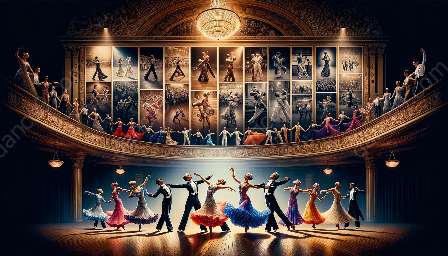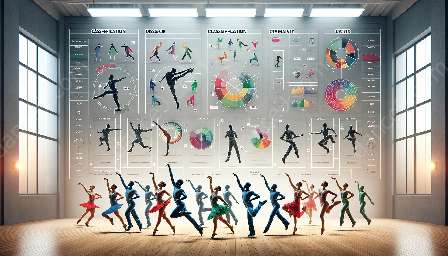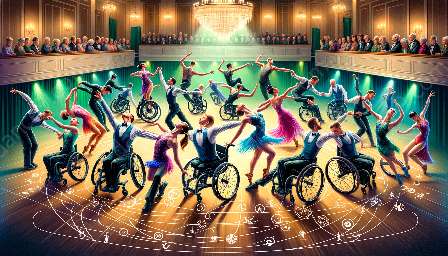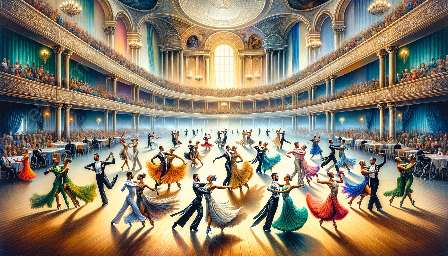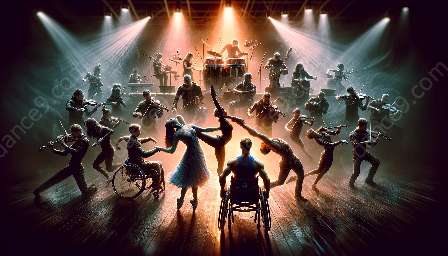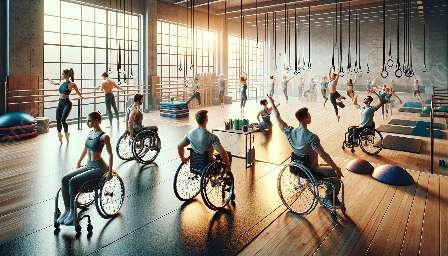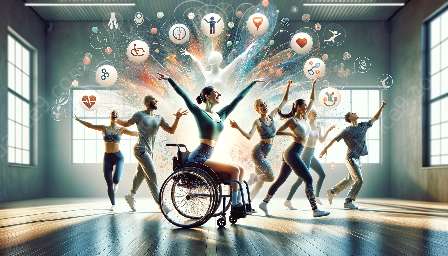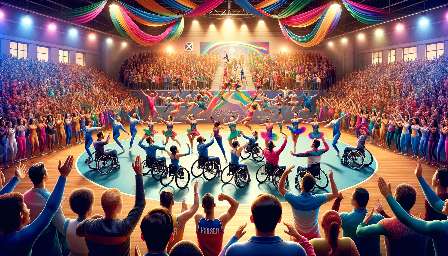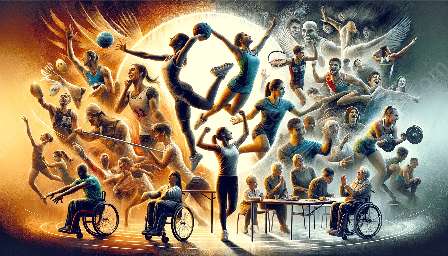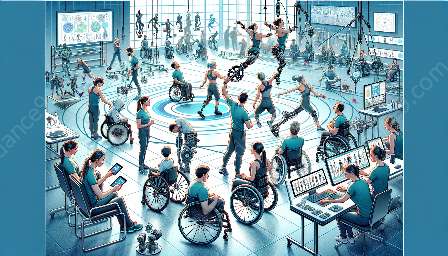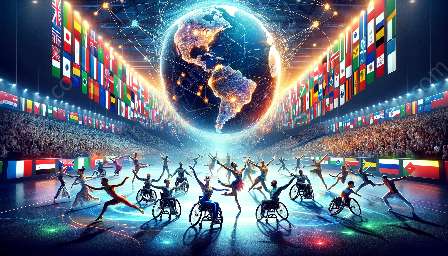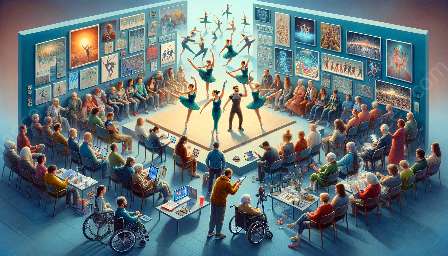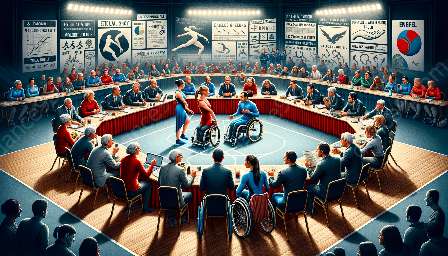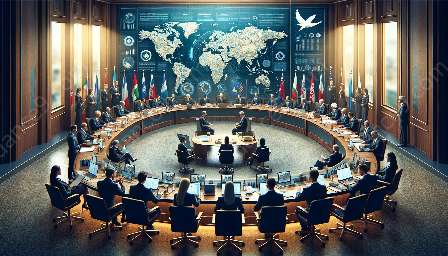Para Dance Sport, a combination of ballroom and Latin dance designed for individuals with physical disabilities, is deeply intertwined with cultural and social movements. Understanding the history of Para Dance Sport and its relationship with the World Para Dance Sport Championships provides valuable insights into its intersection with broader societal changes.
History of Para Dance Sport
The history of Para Dance Sport dates back to the mid-20th century, with its origins rooted in rehabilitation programs for individuals with physical disabilities. As social attitudes towards disability evolved, the demand for inclusive recreational activities grew. This led to the formalization of Para Dance Sport as a competitive discipline, enhancing the visibility and recognition of athletes with disabilities.
Throughout its history, Para Dance Sport has adapted to cultural shifts, reflecting changing perceptions of disability and inclusivity. The sport has transcended barriers, challenging stigmas and empowering individuals with disabilities to participate in an art form previously perceived as exclusive.
World Para Dance Sport Championships
The World Para Dance Sport Championships serve as a global platform for athletes to showcase their talent, tenacity, and creativity. Beyond the competitive aspect, the championships facilitate cultural exchange and promote diversity, fostering an environment where athletes from various backgrounds come together to celebrate the universal language of dance.
The championships have become a convergence point for social movements advocating for inclusion and accessibility. By hosting the event in diverse locations around the world, the organizers emphasize the importance of embracing different cultures and breaking down societal barriers.
Intersection with Cultural and Social Movements
The intersection of Para Dance Sport with cultural and social movements is evident in its ability to challenge preconceived notions of ability and redefine traditional norms. As the sport gains momentum, it serves as a catalyst for cultural change, shaping perceptions of disability and promoting the principles of equality and diversity.
The integration of Para Dance Sport into mainstream dance communities and the support it receives from cultural institutions signify a broader shift towards inclusivity. This aligns with contemporary social movements advocating for representation and acceptance of diverse abilities, contributing to a more equitable and understanding society.
Embracing the intersection of Para Dance Sport with cultural and social movements offers an opportunity to celebrate the accomplishments of athletes with disabilities while promoting unity and empathy. By acknowledging the transformative power of dance as a universal language, society can continue to advance towards a more inclusive and compassionate future.

